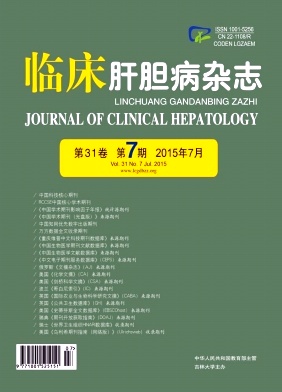Objective To investigate the incidence and possible related factors for fatty liver among workers engaged in light manual labor in Tianjin,China. Methods Among 800 healthy workers engaged in light manual labor randomly selected from a company in Tianjin,a total of 602 healthy workers completed physical examination and data collection. The content of fat and liver stiffness were determined by controlled attenuation parameter( CAP) using Fibro Scan,and the disease history,body mass,height,blood pressure,and living habits in all subjects were investigated. The possible related factors for different degrees of fatty liver were analyzed. Between- group comparison of continuous data was performed using the Kruskal- Wallis H test,and comparison of categorical data was performed using χ2test with row × column tables. Pairwise comparison was performed using χ2segmentation method,and the agreement between CAP and color ultrasound was analyzed using the Kappa coefficient. Results Among the 602 subjects,there were 180( 29. 9%),195( 32. 3%),and 227( 37. 7%) subjects with severe fatty liver,moderate fatty liver,and no fatty liver,respectively. There were significant differences in age,body mass index,waist- hip ratio,smoking,drinking,history of diabetes,and family history between the above three groups according to CAP( P <0. 05 for all). With higher sensitivity,CAP achieved a significantly higher detection rate of fatty liver than traditional color ultrasound( 62. 3% vs 44. 0%,P = 0. 000). The agreement between two methods was poor( Kappa value < 0. 4). Conclusion Among the so-called“healthy people”engaged in light manual labor,the incidence of fatty liver has exceeded 60%,which is associated with body mass index,waist- hip ratio,bad living habits,history of diabetes,and family history of fatty liver. CAP can noninvasively detect fatty liver with higher sensitivity and less time; however,its clinical significance needs further studies.







 DownLoad:
DownLoad: